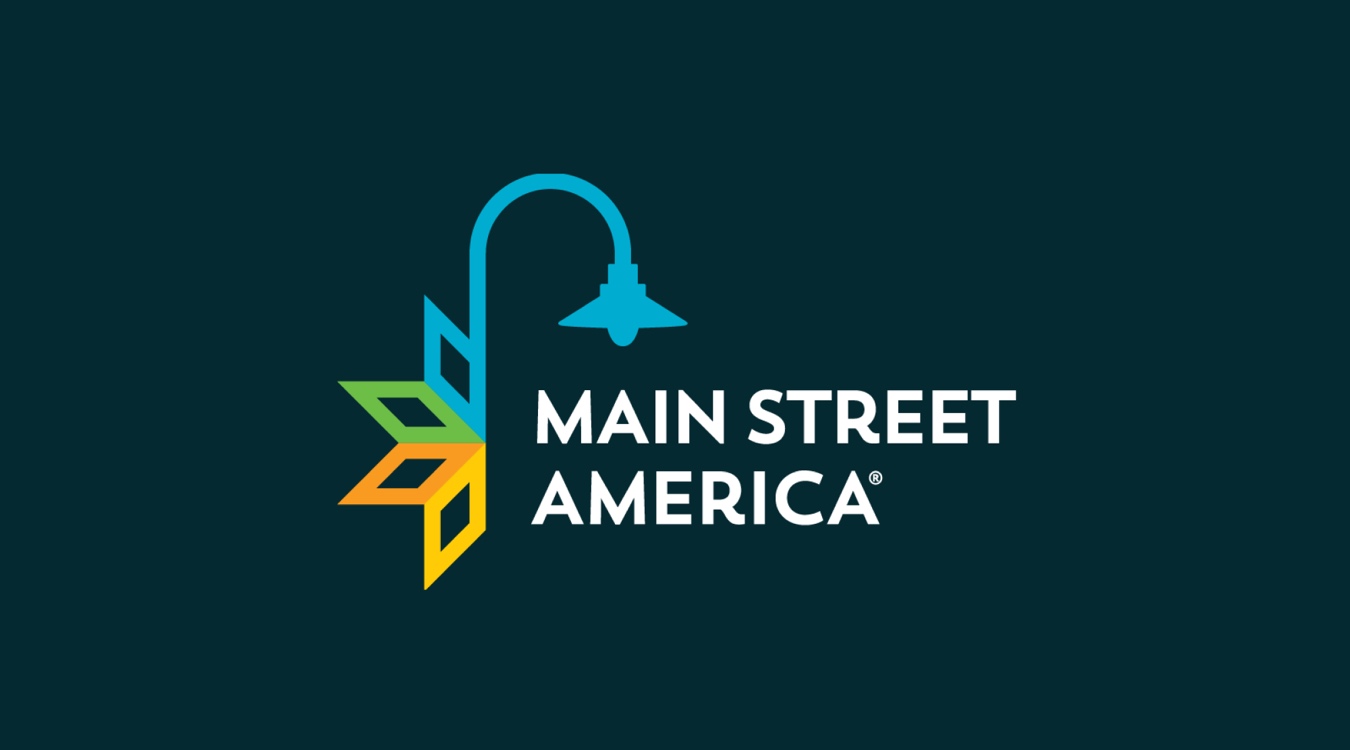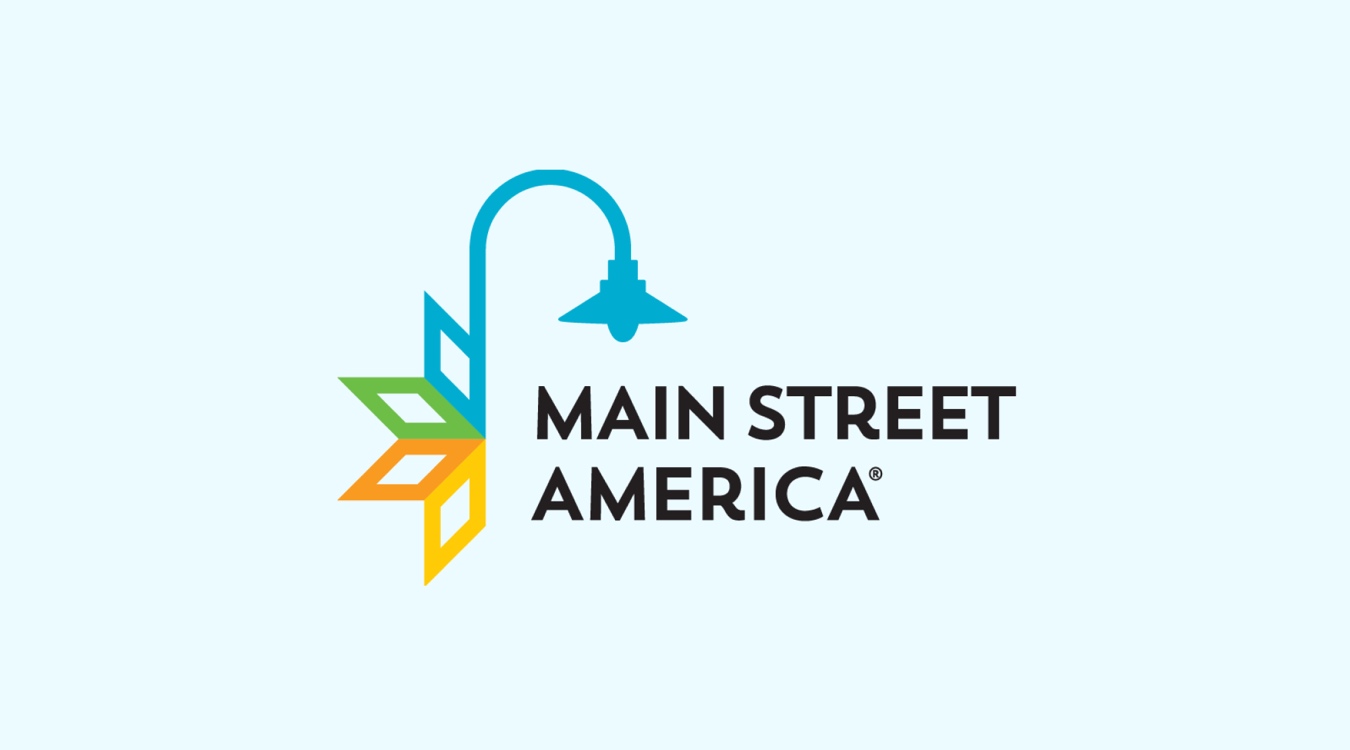After almost two years as a Program Officer at Main Street America, I cannot help but reflect on the fact that most people I meet at local programs across the country are women. These women are amazing — they are leading change in their communities, directing their local development efforts, often volunteering beyond a reasonable level of capacity and expectation. They are often also raising children, working additional jobs, and pursuing dreams.
In many ways, Main Street is a women-led movement. The 2023 Main Street Trends Survey found that 79 percent of responding Main Street executive directors identified as woman or female. If we want the Main Street Movement to continue the thrive, we need to recognize the unique challenges faced by women and provide support and resources to help them get it all done. March is Women’s History Month — a great opportunity to examine your organization, your volunteer force, and your policies to make sure you are supporting the women around you. Here are my reflections on the current state of the Movement and some steps we can take to create a more equitable environment for women.
Women and Main Street
Data shows that executive director compensation at Main Street programs falls below average. Our 2023 Main Street Trends Survey found that 79 percent of Main Street executive directors are paid less the median salary for nonprofit directors (according to Payscale). This reflects wider trends in gender and pay in the nonprofit sector. Many Main Street programs also offer limited benefits. According to the 2023 Main Street Trends Survey, only 13 percent offer paid parental leave, a benefit that has been shown to improve health outcomes, reduce emotional distress, and improve gender equity. Only 50 percent offer medical insurance, a disparity that has also been shown to disproportionately affect women.
Main Street executive directors are often the only full-time paid staff member at their organization (63%). It is a demanding role that often requires a schedule beyond the typical 9 – 5 hours. It is also a relationship-driven job that demands a level of emotional commitment and passion that can lead to burn-out. Research has shown that non-profit jobs take a disproportionate toll on women’s mental and physical health.
These inequalities extend to volunteers as well. Main Streets rely heavily on the work of unpaid volunteers; the 2023 Main Street Trends Survey found that local Main Street programs are supported by an average of 46 volunteers. Research has shown that the commitment of volunteer falls more heavily on women, who often have many other time constraints. By providing supportive opportunities for mothers, women of color, working women, and others to participate in their Main Streets, we can grow a more inclusive and diverse community ecosystem.





















































































